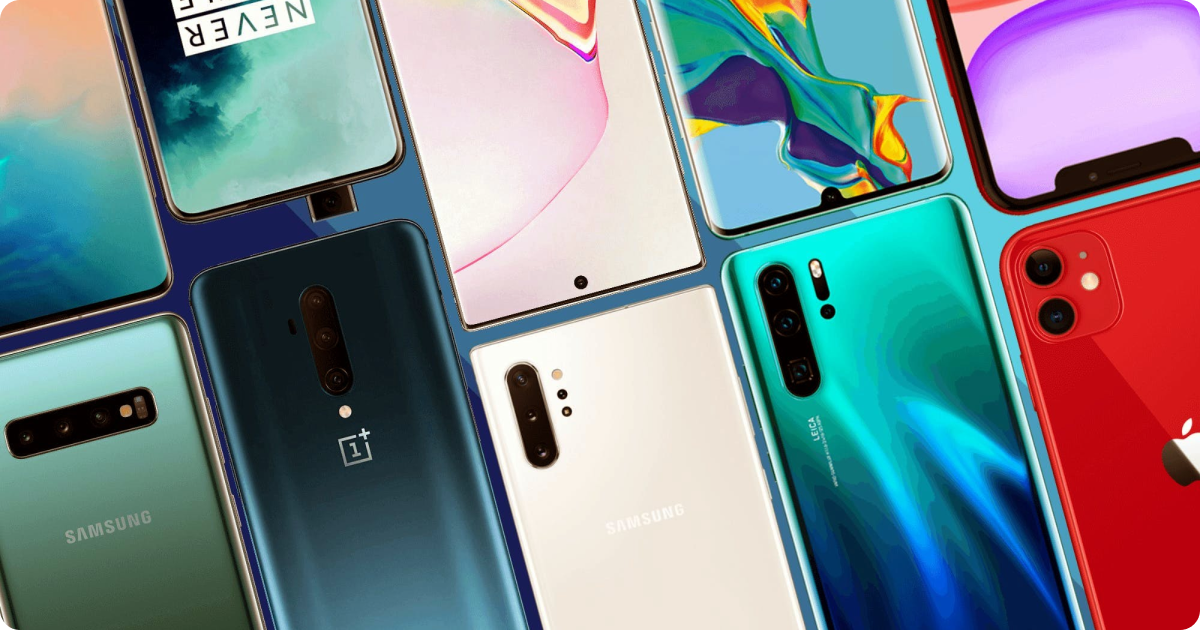Moissanite vs Diamond
When it comes to choosing the perfect gemstone for an engagement ring or other jewelry, the decision between moissanite and diamond can be a challenging one. Both moissanite and diamond are popular choices, but they have distinct characteristics that make each unique. In this article, we will delve into the key differences and similarities between moissanite and diamond, helping you make an informed decision for your next jewelry purchase.
Composition:
Moissanite: moissanite vs diamond gemstone composed of silicon carbide, and it is known for its brilliance and fire. It is created in a lab, making it a popular choice for ethical and sustainable jewelry.
Diamond: Diamonds are naturally occurring gemstones made of carbon, formed deep within the Earth’s mantle over millions of years. They are prized for their hardness and rarity.
Hardness:
Moissanite: Moissanite is one of the hardest gemstones, ranking 9.25 on the Mohs scale, just below diamonds.
Diamond: Diamonds are the hardest known natural substance, ranking 10 on the Mohs scale, making them extremely durable and suitable for everyday wear.
Brilliance and Fire:
Moissanite: Moissanite exhibits exceptional brilliance and fire, often exceeding that of diamonds due to its high refractive index.
Diamond: Diamonds are renowned for their brilliance, and they disperse light in a way that creates the iconic “sparkle.”
Color:
Moissanite: Moissanite typically has minimal color, often grading as near-colorless on the GIA scale. Some moissanites may exhibit a slight yellow or green hue, but this is generally imperceptible to the naked eye.
Diamond: Diamonds are graded on a color scale from D (colorless) to Z (light yellow or brown). Colorless diamonds are highly valued and more expensive.
Cost:
Moissanite: Moissanite is a more affordable option than diamonds, offering a similar look and brilliance at a fraction of the price.
Diamond: Diamonds can be significantly more expensive, with pricing influenced by factors like cut, carat weight, color, and clarity.
Ethics and Environmental Impact:
Moissanite: Lab diamonds moissanite is considered a more ethical and sustainable choice as it is created in controlled environments without the ethical concerns associated with some diamond mining practices.
Diamond: Diamonds may come with ethical concerns, as some are sourced from conflict zones or environmentally harmful mining practices. However, ethical diamonds (e.g., lab-grown diamonds) are becoming more widely available.
Popularity and Tradition:
Moissanite: Moissanite is gaining popularity as a trendy and ethical alternative to diamonds, particularly for engagement rings.
Diamond: Diamonds have a long-standing tradition as a symbol of love and commitment and continue to be the most popular choice for engagement rings.
In summary, the choice between moissanite and diamond ultimately comes down to personal preferences, values, and budget. Moissanite offers an ethical, budget-friendly, and brilliant alternative to diamonds, while diamonds hold a timeless allure and symbolize enduring love and commitment. Consider your priorities and what matters most to you when making this significant decision for your jewelry. Whether you opt for moissanite or diamond, both gemstones have their own unique charm and beauty.


